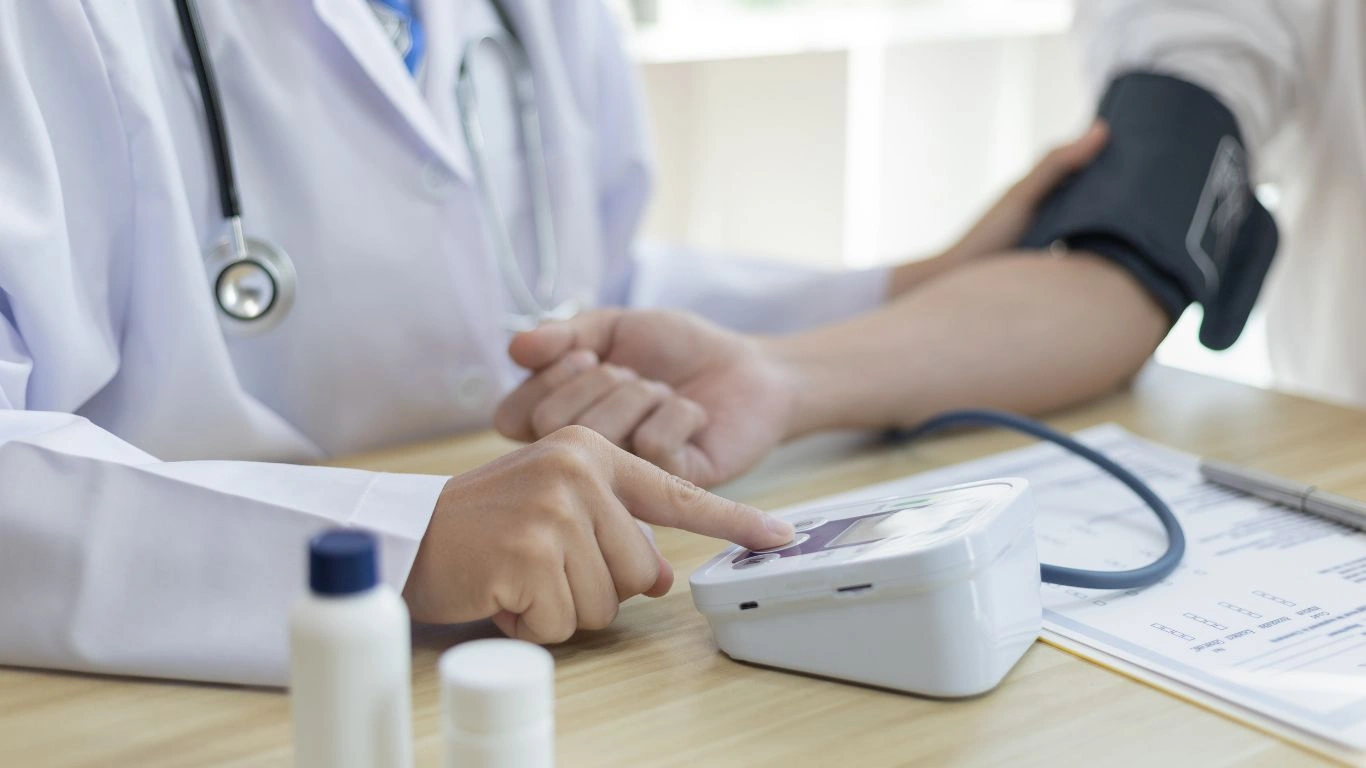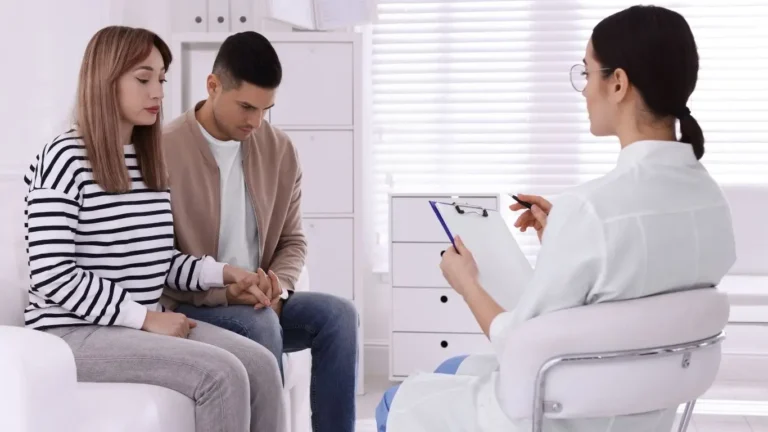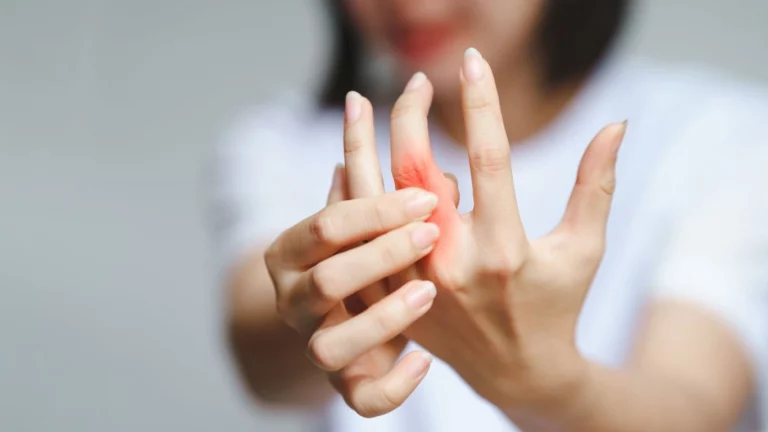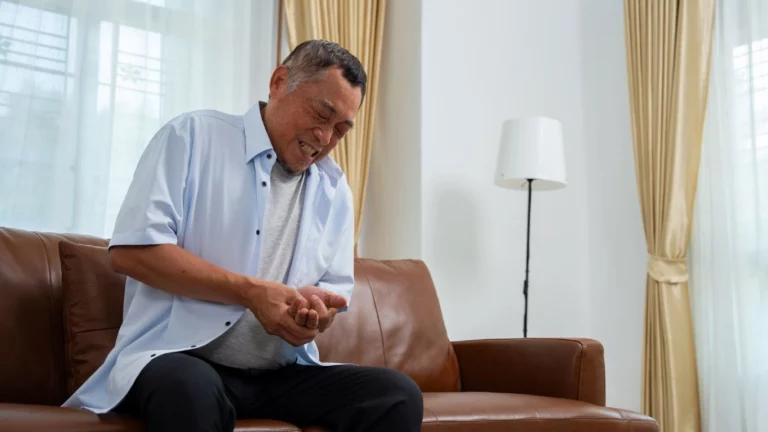Hypertension Warning Signs You Should Never Ignore
When it comes to hypertension warning signs, most people assume they’d know if something was wrong. I get it—high blood pressure doesn’t always come with flashing red lights. In my years of practicing internal medicine, especially in managing hypertension, I’ve seen how deceptively silent this condition can be. Many of my patients were walking around with dangerously high readings without a single clue. It’s scary because it’s so common—and treatable if caught early. That’s why recognizing these sneaky signs matters so much.
Why Hypertension Is Called the “Silent Killer”
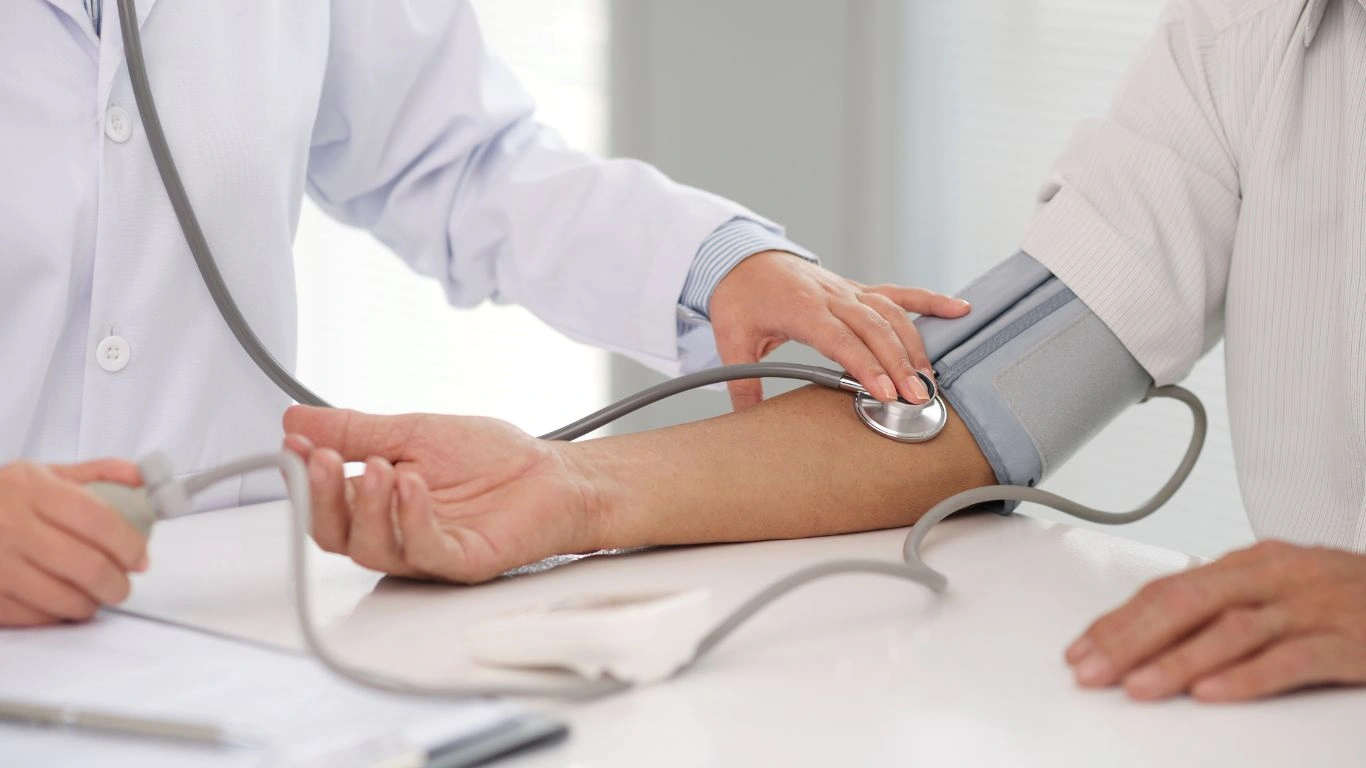
You’ve probably heard that phrase tossed around: “the silent killer.” Sounds dramatic, right? Unfortunately, it’s not an exaggeration. High blood pressure can quietly damage your body for years before symptoms ever show up—and by the time they do, it may have already affected your heart, kidneys, eyes, or brain. As a physician, I’ve seen this firsthand. I had a patient in her 40s—no history, seemed healthy—who came in for migraines. Turns out, her blood pressure was 190/110. We were lucky we caught it before it caused a stroke.
What Makes It So Dangerous?
Hypertension affects your arteries, slowly causing them to stiffen and narrow. Over time, this puts extra strain on your heart and increases your risk of serious complications like heart attacks, strokes, and kidney disease. It doesn’t happen overnight. That’s what makes it so tricky—there’s no real pain or obvious sign telling you something’s wrong until it’s already done damage.
Common but Overlooked Hypertension Warning Signs
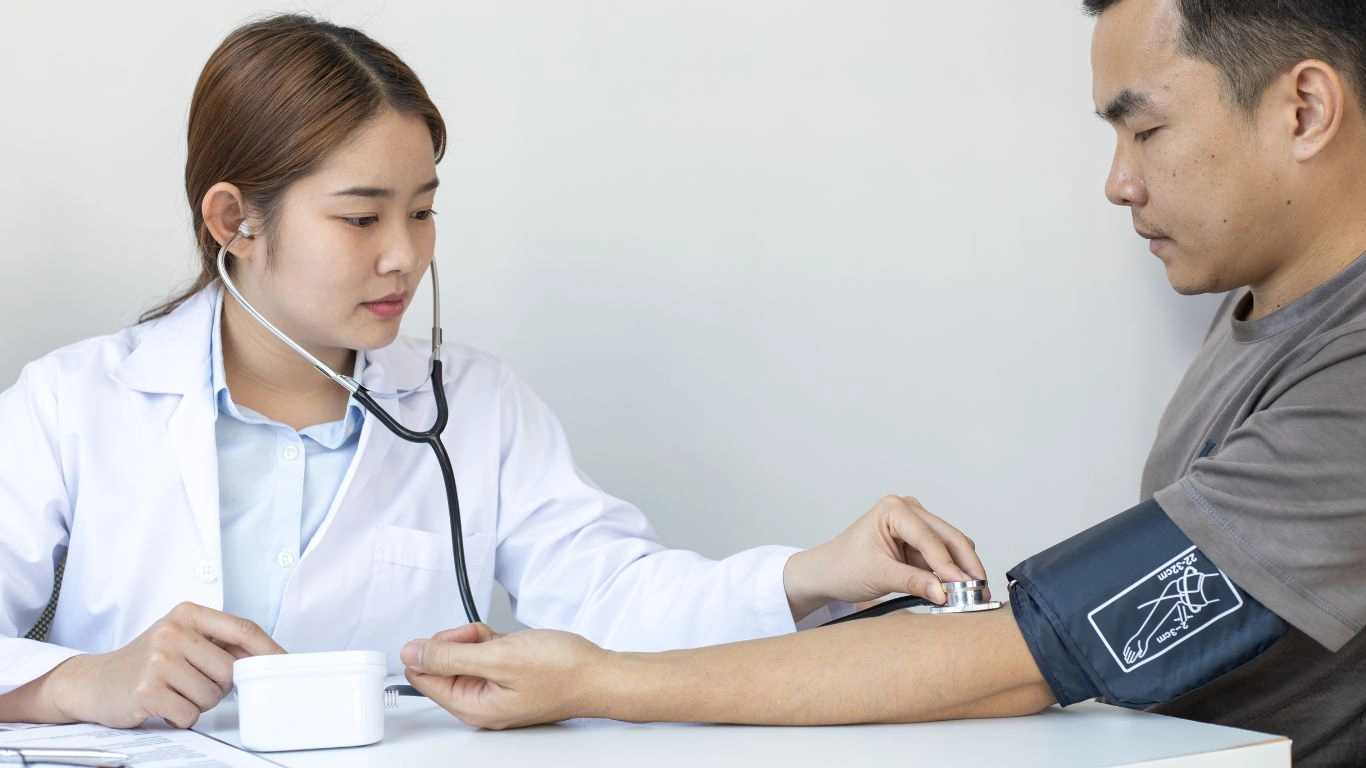
1. Persistent Headaches
This is one I see often in clinic. People chalk it up to stress or not sleeping well, but a throbbing headache—especially in the morning—can be a red flag for high blood pressure. It’s not the most common symptom, but when it shows up with no clear cause, it’s worth checking your BP.
2. Blurred or Double Vision
If your vision suddenly seems off or you’re seeing spots or floaters, don’t ignore it. Hypertension can affect the blood vessels in your eyes—something we call hypertensive retinopathy. It might be subtle at first, but it’s a major clue your pressure could be off the charts.
3. Shortness of Breath or Chest Tightness
This isn’t just about feeling winded after exercise. If you’re struggling to catch your breath doing normal activities or feeling tightness in your chest, it could mean your heart is having a hard time pumping against the pressure. I once had a patient who thought he was just “out of shape”—his echo showed early heart failure linked to untreated hypertension.
4. Dizziness or Lightheadedness
This one can throw people off. Most assume dizziness means low blood pressure, but sudden spikes in BP can mess with your brain’s blood flow, leading to episodes of feeling faint or unsteady. Especially if it happens when you change positions—like getting out of bed quickly—this is worth paying attention to.
5. Nosebleeds (That Aren’t Allergy Related)
Nosebleeds are common in dry climates or allergy seasons, sure. But frequent, unexplained nosebleeds can sometimes be your body’s response to elevated pressure in your blood vessels. It’s not a diagnostic symptom on its own, but in context, it can be a piece of the puzzle.
Other Clues You Might Be Missing
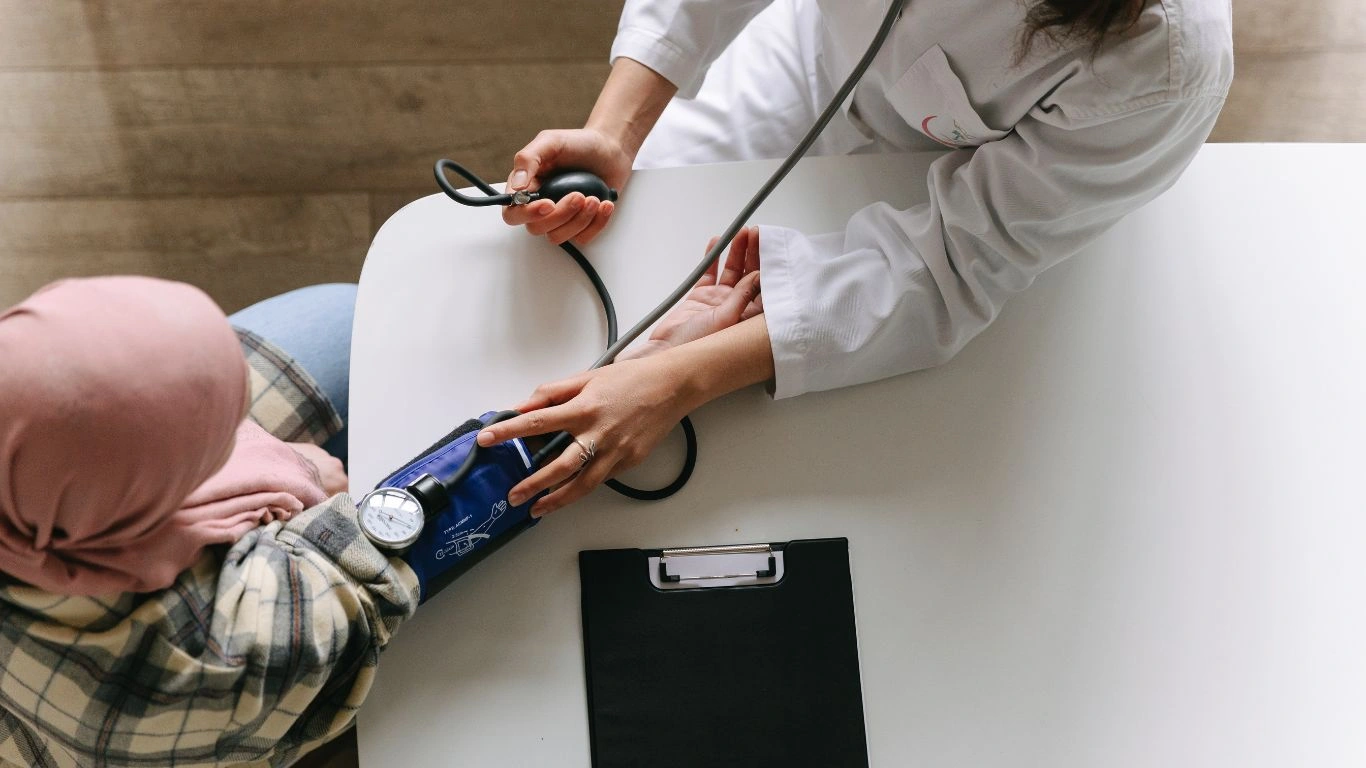
- Fatigue: Not just being tired—but that bone-deep exhaustion that doesn’t improve with rest. This could indicate your heart is overworking.
- Irregular heartbeat: Feeling like your heart skips a beat, flutters, or races without reason? That might be atrial fibrillation, often linked with high blood pressure.
- Blood in urine: This can be an ominous sign of kidney damage, which is sometimes the first major organ affected by hypertension.
One of the most frustrating things I see as a clinician is how easy it is to brush these signs off. It’s not always someone ignoring their health—sometimes people truly just don’t realize these are connected. That’s why staying alert and proactive makes such a difference.
When Warning Signs Escalate: Knowing What’s Urgent
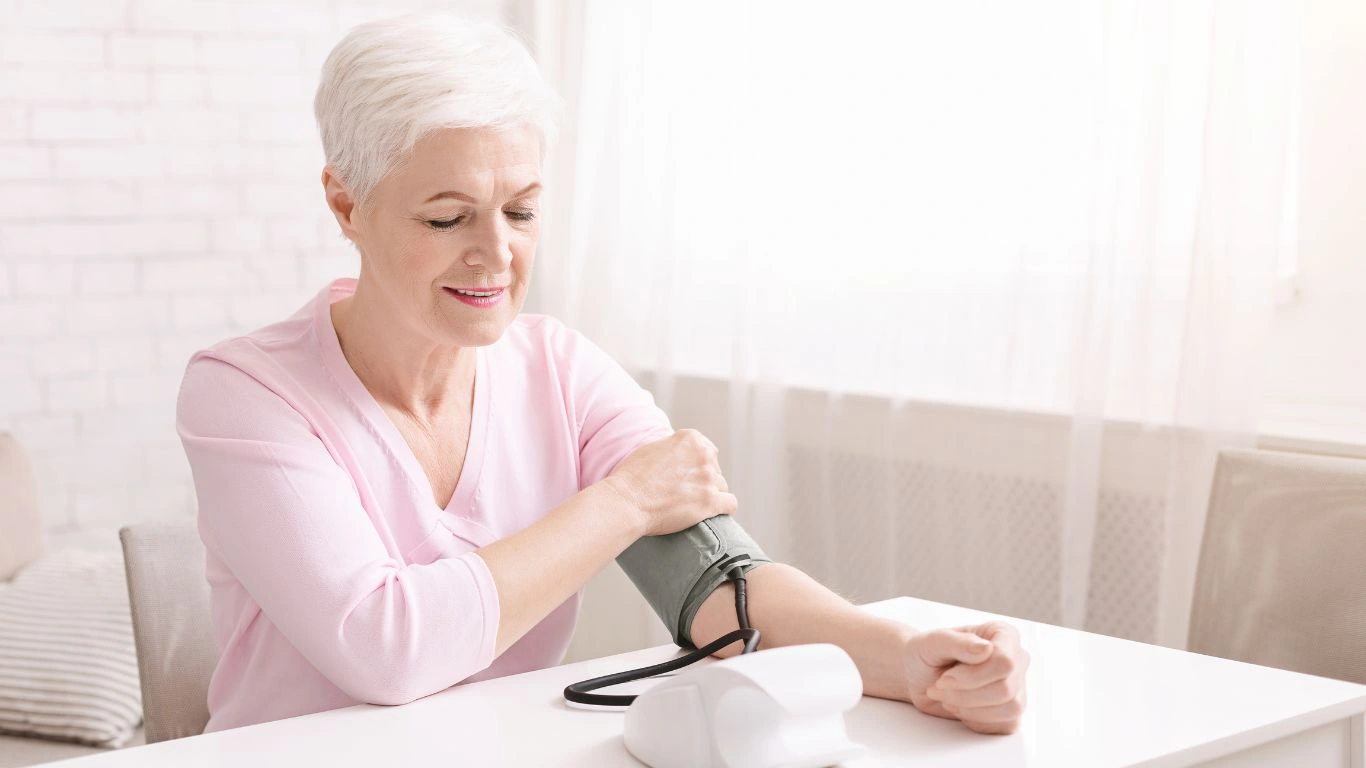
Okay, so we’ve talked about those subtle hypertension warning signs that sneak up on people—but what about the moments where it’s no longer subtle? When symptoms cross that line into “you need to go to the ER right now” territory? These are the situations I really want people to take seriously because I’ve had more than one patient delay care thinking it was “just stress.” Spoiler: it wasn’t.
Signs of a Hypertensive Crisis
First things first: a hypertensive crisis means your blood pressure is dangerously high—usually 180/120 or higher. But the number alone isn’t the only concern. It’s what the pressure is doing to your organs that we’re watching for. Here’s what might show up:
- Severe chest pain – This could signal a heart attack or an aortic dissection. Don’t play around with this one.
- Sudden vision loss or blurring – This can be a warning that the optic nerve or retina is under pressure, and it needs immediate attention.
- Severe headache with confusion or speech changes – Think possible stroke or hypertensive encephalopathy. I’ve seen it happen even in patients under 50.
- Difficulty breathing or swelling in the legs – Could be pulmonary edema or heart failure, both of which can escalate fast.
In the ER, we call this end-organ damage. And when that’s happening, it’s not the time for home remedies or waiting it out. Get seen. Period.
The Role of Routine Screening and Home Monitoring
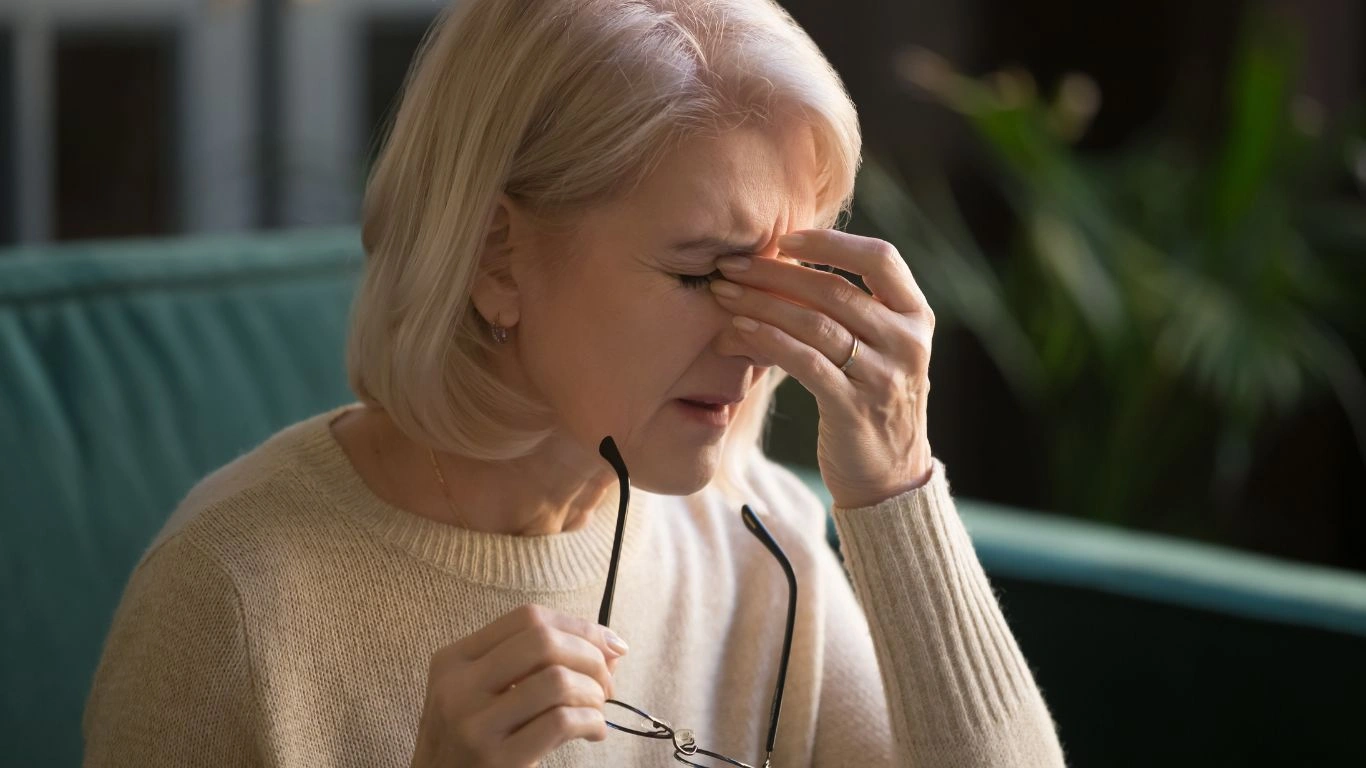
This might sound obvious, but it’s worth emphasizing: you can’t recognize warning signs if you never check your numbers. I’ve had patients who assumed they were fine because they felt fine, only to find out during an annual physical that their BP had been quietly creeping up over the years.
Why Regular Checks Matter
High blood pressure doesn’t start overnight. It builds gradually—and unless you’re checking regularly, you may not know it’s getting worse. I usually recommend:
- Checking your blood pressure at least once a week if you’re borderline or have risk factors.
- Keeping a log—paper or digital—to track trends, not just one-time readings.
- Using a reliable at-home monitor (arm cuff preferred over wrist models).
One of my long-time patients actually caught a spike during a particularly stressful work season. Because she’d been logging it, we saw the trend early and adjusted her meds before anything escalated. That’s the power of data, my friend.
Risk Factors That Raise Red Flags

If you’re trying to figure out whether you’re at risk, the answer is probably yes—because honestly, most adults have at least one risk factor. But let’s break it down:
1. Family History
Genetics can be a huge player. If your parents or siblings have hypertension, you’re already at a higher risk. Doesn’t mean it’s a guarantee, but it does mean you need to stay on your game.
2. Lifestyle Habits
This one’s tough because it hits home for a lot of people. Sedentary job, salty foods, lots of stress, poor sleep—it all adds up. I always say: you don’t have to overhaul everything at once, but small consistent changes matter.
3. Medical Conditions
Things like diabetes, kidney disease, and sleep apnea can all contribute to high blood pressure. And many folks don’t realize that treating one helps control the others. I’ve had patients with sleep apnea who saw huge drops in BP just by using their CPAP machine consistently.
4. Age and Gender
Blood pressure tends to increase with age—especially after 40. And while men are more prone to hypertension in early adulthood, women often catch up (and surpass men) after menopause. So, yes, ladies—don’t assume you’re in the clear.
How to Start Paying Attention Without Getting Overwhelmed
I get it—this can feel like a lot. The symptoms, the risks, the numbers—it’s a lot to take in. But here’s what I tell my patients: you don’t need to become a blood pressure expert overnight. Just start with awareness. Be curious about your numbers. Ask questions. Look for the little signs your body might be sending.
One of the most empowering things you can do is simply get in the habit of checking your BP like you check your phone or your emails. No pressure (pun intended), just consistency.
And if something feels “off”—don’t brush it off. Your body whispers before it screams. Listen early, act early, and trust your gut. I promise it makes a world of difference.
Managing Hypertension Proactively: From Awareness to Action
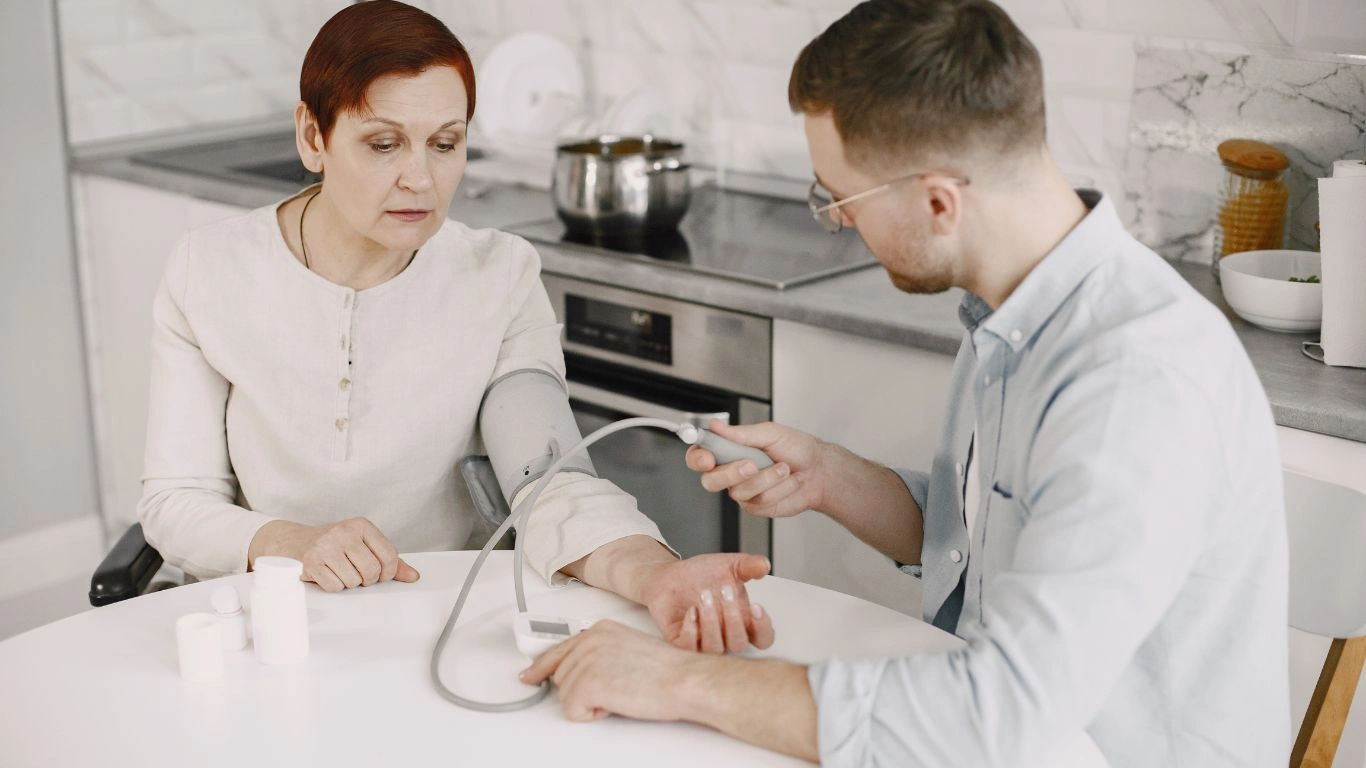
So, now that we’ve covered the hypertension warning signs and why they matter, the natural next step is—what do you actually do about it? I’ve always told my patients: managing hypertension isn’t just about taking pills. It’s about understanding your body, being consistent, and making smart choices even when you don’t feel sick. And yes, I know that’s easier said than done (especially when work, family, and stress get in the way).
Let me walk you through some real-life, practical ways I’ve helped patients—and myself, honestly—stay ahead of high blood pressure without turning life upside down.
Start Small, Stay Consistent
One of my patients—a busy mom of three—used to skip meals, snack late, and rely on energy drinks to push through the day. Her blood pressure was slowly rising, and she was overwhelmed thinking she’d have to go full keto or hit the gym five times a week. But here’s what we actually did:
- She switched her salty snacks to unsalted almonds and fruit.
- Started walking 20 minutes in the evening while her kids biked around the block.
- Cut energy drinks down to once a week and upped her water intake.
Six months later, her BP was back in a normal range—and she felt more energized than ever. No major overhaul. Just consistent, doable shifts.
Medication Isn’t the Enemy

Let’s have a real talk about meds for a second. There’s a strange stigma around blood pressure medication. Some patients tell me, “I don’t want to be on meds forever,” or “Isn’t it a sign I failed to control it naturally?” Not at all. Hypertension can have genetic and physiological roots that lifestyle alone can’t reverse. Medication is a tool—not a punishment.
As a doctor, I always work with my patients to keep doses as low as possible and avoid polypharmacy. But when medication is needed, I make sure they understand *why* we’re using it and how it protects their heart, kidneys, and brain in the long run.
Common Classes of BP Meds You Might Hear About:
- ACE Inhibitors (like lisinopril) – Helps relax blood vessels.
- Calcium Channel Blockers – Reduces heart workload and widens arteries.
- Diuretics – Helps your body get rid of excess salt and fluid.
- Beta Blockers – Slows the heart rate and reduces blood pressure.
Each one has its pros and cons, and finding the right fit might take a little tweaking—but when it works, it works.
When to Talk to Your Doctor
Not every headache or dizzy spell means you have hypertension, but if you’re experiencing recurring symptoms—or even if you’re just unsure—it’s always worth checking in. Here are some signs that should prompt a doctor’s visit:
- Consistent BP readings above 130/80 mmHg
- Headaches that feel different or are increasing in frequency
- Blurred vision, ringing in the ears, or nosebleeds with no clear cause
- New or worsening fatigue, confusion, or swelling in your legs
Trust me—most of the time, patients are relieved they came in early rather than waiting for something to go wrong. And from my side as a physician, I’d much rather catch something at Stage 1 than have to manage the aftermath of a stroke or heart failure.
Empowering Yourself with Knowledge
I genuinely believe that patient education is one of the most powerful tools in medicine. That’s part of the reason I started writing about this stuff—because I’ve seen how lives change when people understand what’s going on in their own bodies.
If you want to keep learning more, I recommend checking out reliable sources like NIH, Health.com, and CDC. Stay skeptical of quick fixes and detox trends online. Stick with sites that actually cite research and clinical guidelines.
And remember, your body will often whisper before it shouts. Hypertension warning signs might be subtle, but they’re not invisible—especially when you know what to look for and how to act on them.
Final Thoughts: Your Blood Pressure Story Is Yours to Write
I’ve worked with so many patients from all walks of life—nurses, construction workers, teachers, parents, retirees—and the one thing they all had in common was this: once they took ownership of their health story, the outcomes changed. Blood pressure control isn’t a one-size-fits-all thing. It’s about listening to your body, asking questions, staying curious, and doing what works for you.
So whether you’re just getting started or you’ve been managing hypertension for years, keep learning, keep asking, and don’t be afraid to advocate for yourself. You’ve got more control than you think.
Disclaimer: This article is for informational purposes only and does not replace medical advice. Always consult a licensed healthcare provider before making any decisions regarding your health.

Dr. Gwenna Aazee is a board-certified Internal Medicine Physician with a special focus on hypertension management, chronic disease prevention, and patient education. With years of experience in both clinical practice and medical writing, she’s passionate about turning evidence-based medicine into accessible, actionable advice. Through her work at Healthusias.com, Dr. Aazee empowers readers to take charge of their health with confidence and clarity. Off the clock, she enjoys deep dives into nutrition research, long walks with her rescue pup, and simplifying medical jargon one article at a time.
